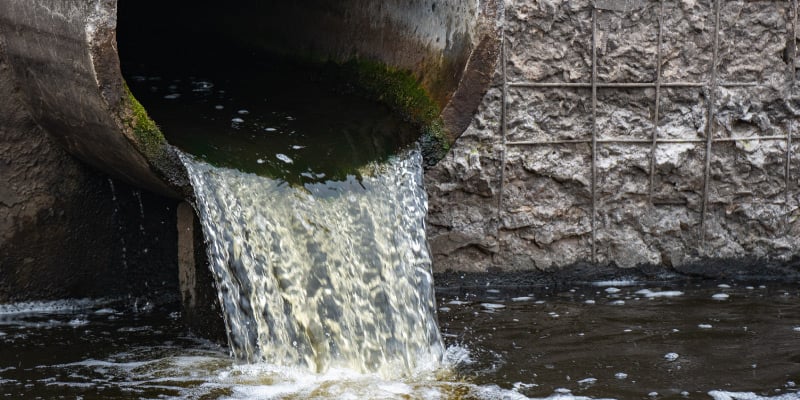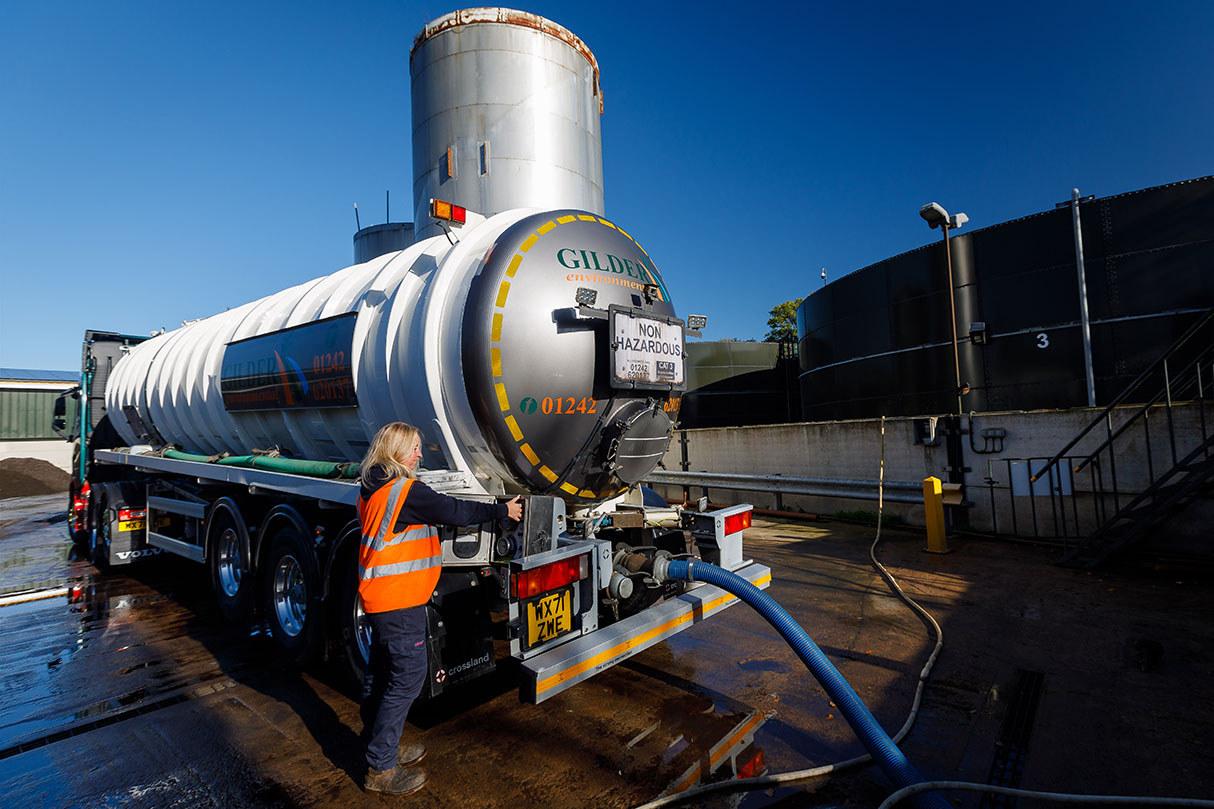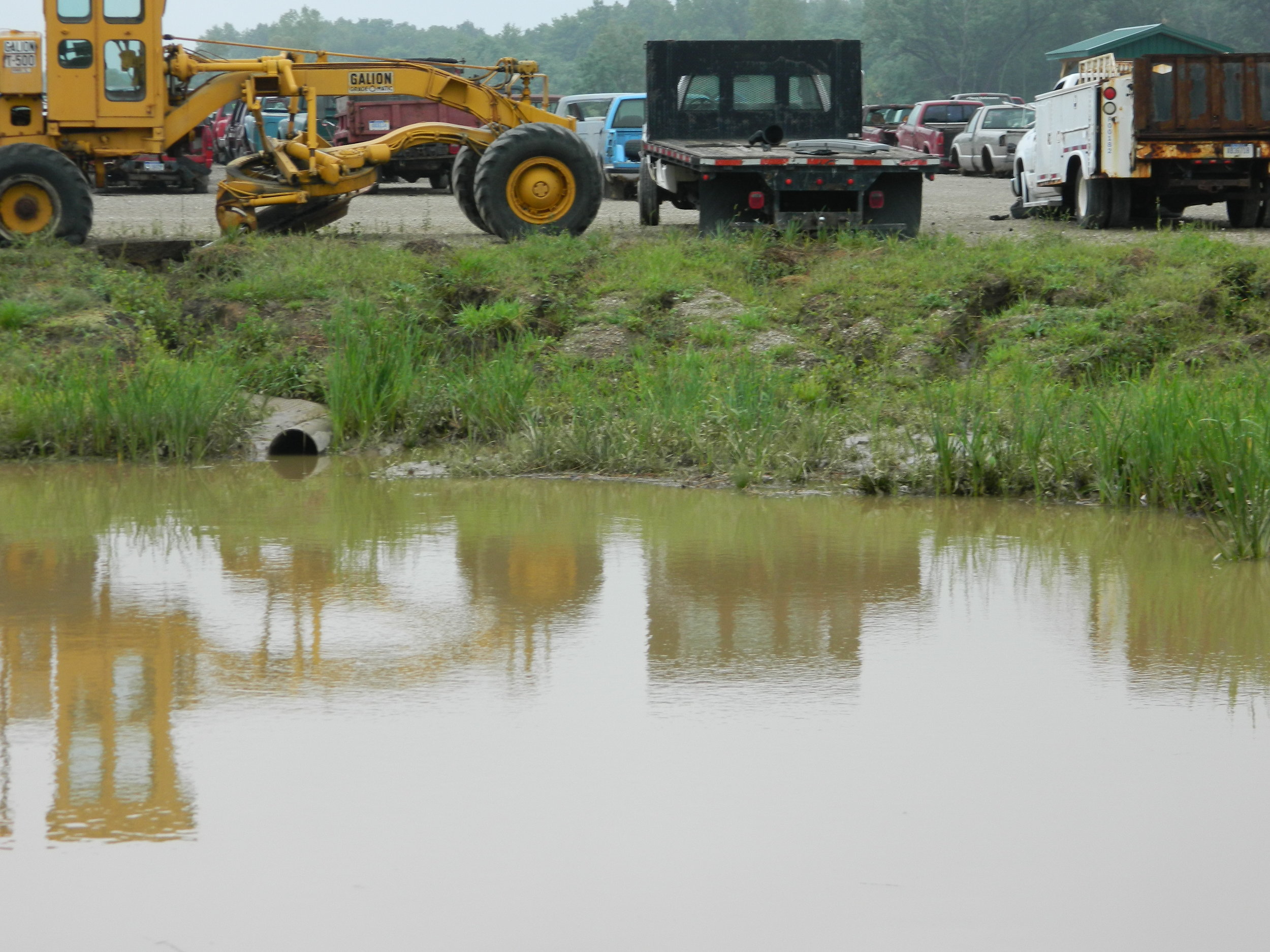Just How Liquid Waste Disposal Functions: A Thorough Summary of Strategies and Technologies Employed

Review of Fluid Waste Kind
The intricacy of liquid waste types requires a comprehensive understanding of their qualities and effects for disposal. Liquid waste can generally be categorized right into a number of types, consisting of commercial, metropolitan, agricultural, and contaminated materials. Each category shows distinct properties, needing certain management techniques to reduce environmental and wellness risks.
Industrial fluid waste stems from making procedures and commonly consists of a variety of pollutants, such as hefty metals, solvents, and organic compounds. Municipal fluid waste, primarily making up wastewater from houses and commercial facilities, contains organic matter, nutrients, and pathogens (industrial wastewater treatment). Agricultural liquid waste, consisting of overflow from farms, might include plant foods, pesticides, and pet waste, presenting risks to water top quality and ecological communities
Harmful fluid waste is characterized by its toxicity, sensitivity, or possible to cause harm. Comprehending these varied fluid waste types is important for creating effective disposal methods and making sure conformity with ecological regulations.
Physical Treatment Techniques

Testing is the preliminary step, where bigger bits and debris are removed from the fluid waste utilizing screens or grates. In sedimentation containers, much heavier particles resolve at the bottom, forming a sludge layer, while the made clear liquid can be further dealt with.
Filtration is another essential approach that includes passing the fluid with porous products, such as sand or membranes, to record smaller sized particles. This action enhances the quality of the liquid, making it appropriate for subsequent treatment processes.

Chemical Therapy Methods
Chemical treatment methods are vital for effectively handling liquid waste, specifically in dealing with liquified and colloidal contaminants that physical techniques might not effectively remove. These methods make use of various chemical representatives to counteract, precipitate, or change unsafe compounds right into much less damaging kinds.
One common technique is coagulation and flocculation, where chemicals such as alum or ferric chloride are contributed to promote the aggregation of suspended particles. This process improves sedimentation, permitting less complicated removal of the resulting sludge. Additionally, oxidation procedures, utilizing representatives like chlorine or ozone, are employed to damage down complicated organic compounds and virus, providing the waste safer for discharge or additional treatment.
Neutralization is one more crucial method, which readjusts the pH of acidic or alkaline waste streams to neutral degrees, avoiding prospective damage to downstream systems and the atmosphere. In addition, progressed oxidation procedures (AOPs) make use of combinations of oxidants and ultraviolet light to degrade consistent pollutants, accomplishing a greater degree of therapy efficiency.
Biological Therapy Procedures
Organic therapy procedures play an essential role in the management of liquid waste by utilizing microorganisms to break down organic matter and reduce pollutant degrees. These processes can be broadly categorized right into cardio and anaerobic therapies, each using certain microbial areas to achieve efficient waste destruction.
Cardio therapy includes the use of oxygen to help with the malfunction of natural products by bacteria. This process is frequently carried out in triggered sludge systems, where aeration tanks give a helpful atmosphere for microbial growth, leading to the oxidation of natural contaminants. The resultant biomass can be separated from dealt with effluent through sedimentation.
In contrast, anaerobic therapy happens in the lack of oxygen, relying why not try here upon different microorganisms to damage down raw material. This method is particularly advantageous for high-strength waste, as it produces biogas, an eco-friendly energy resource, while lowering sludge manufacturing. Technologies such as anaerobic digesters are often employed in municipal and commercial applications.
Both aerobic and anaerobic biological therapies not only decrease the environmental influence of liquid waste however also help with resource recovery, making them necessary components of sustainable waste administration techniques. Their adaptability, effectiveness, and efficiency sustain their extensive application throughout various markets.
Arising Technologies in Disposal
Innovative techniques to fluid garbage disposal are quickly advancing, driven by developments in technology and an increasing emphasis on sustainability. Among these emerging modern technologies, membrane layer bioreactors (MBRs) have actually gotten traction for their capacity to incorporate biological treatment with membrane filtering, causing top quality effluent that can be reused in different applications. MBRs allow smaller sized impacts and extra efficient operations compared to conventional systems.
One more appealing advancement is the use of anaerobic food digestion integrated with nutrient healing innovations, which not just deals with fluid waste yet additionally creates biogas and recoups useful nutrients like nitrogen and phosphorus. This double advantage improves resource efficiency and reduces ecological influence.
In addition, progressed oxidation processes (AOPs) are being embraced for the degradation of complex natural toxins. These techniques use powerful oxidants and catalysts to break down impurities at the molecular degree, using a highly effective remedy for tough waste streams.
Moreover, the assimilation of synthetic intelligence and artificial intelligence in waste administration systems is maximizing operational effectiveness and predictive upkeep, resulting in lowered expenses and enhanced environmental compliance. These technologies mirror a substantial change towards even more efficient and lasting liquid waste disposal techniques.
Final Thought
To conclude, efficient liquid garbage disposal necessitates an extensive understanding of different techniques and modern technologies. The integration of physical, chemical, and organic treatment approaches ensures the reliable management of varied waste kinds. Additionally, the appearance of innovative modern technologies enhances treatment efficiency and promotes sustainability in waste monitoring practices. By constantly progressing these methodologies, it comes to be possible to deal with the expanding obstacles connected with liquid waste, inevitably contributing to environmental security and source recuperation.
Fluid waste disposal that site is a crucial element of ecological monitoring, requiring an extensive understanding of different strategies and modern technologies tailored to various waste kinds. Fluid waste can generally be categorized right into numerous kinds, consisting of commercial, community, farming, and unsafe waste. Agricultural liquid waste, consisting of overflow from farms, might consist of fertilizers, pesticides, have a peek at this website and pet waste, posturing threats to water top quality and communities.
Numerous physical treatment techniques play a vital function in managing fluid waste efficiently - industrial wastewater treatment.In conclusion, effective fluid waste disposal requires an extensive understanding of numerous strategies and innovations